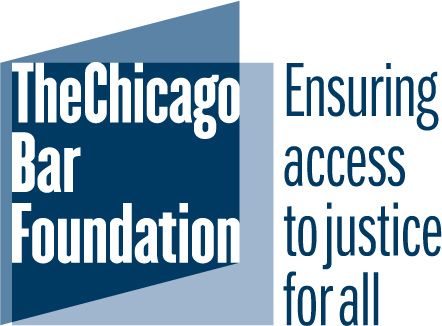Last week, I had the pleasure of meeting with Amy. She is an extremely pleasant young woman, and a joy to talk with. We chatted about what we were reading, how we spent our day, family—all of the things you talk about with your friends every day. But this conversation was different: Amy is a prisoner. Our meeting was deep in the bowels of Logan Correctional Center. Amy epitomizes the notion that many prisoners do not need a second chance—they need a first chance. She asked that I help the world understand how she ended up where she is, in the hope that others will be spared her fate. Here is my attempt to amplify her voice.
Amy was born in 1996. She never knew who her father was, and her mom has used crack for over 30 years. Amy never lived with her mother, and was raised by her grandmother. But in her grandmother’s house, Amy was abused—physically, sexually, and emotionally, from the age of 2 until she turned 13. At the age of 13, she began to fight back, and by the age of 14, she was homeless. She turned to a gang as a substitute family, and was running the streets, and using drugs.
At the age of 15, she was charged with attempted murder and armed robbery. The juvenile court judge transferred the case, and she was prosecuted as an adult. After waiting two years for trial in the Cook County Juvenile Detention Center, on her 17th birthday, Amy was transferred to Cook County Jail. She was still a child, but was thrown in with adults, housed with people suffering severe mental illness. Yelling and casual brutality were common. Amy was scared to death. To escape these horrors, she plead guilty to armed robbery in return for the state dropping the attempted murder charge. She was sentenced to 14 years in prison. Her current release date is 2023.
When Amy arrived at Logan, she was still a child. No one knew what to do with her. She was moved immediately to a wing where they housed pregnant prisoners. She was also diagnosed with severe post-traumatic stress disorder. Amy has severe trust issues—which should surprise absolutely no one, given her childhood. This meant that she easily got into arguments, and when she felt cornered, she struck out.
What Amy needed was intense therapy and a supportive environment where she could begin to develop trust in people, learn ways to cope with her stress, and to overcome her fears and anger. Instead, Amy was sent to solitary confinement. In solitary, Amy virtually never leaves her cell. She has no job, no educational programs, no religious services, and eats her meals alone in her cell. For most of her time in solitary, she had no television (although last week, she was finally allowed to have one). Her only relief from the constant, crushing boredom is books. She is currently reading A Time to Kill, by John Grisham, and will read most anything she can get her hands on (Logan does not provide books from the library to people in solitary). Amy has barely been out of her cell for 30 days: no yard, no day room, no group therapy. She does get five minutes for a shower every four days—alone. But that is the only time she gets out of her cell.
Amy has now spent the last three years cycling from solitary to maximum security, and back to solitary. She takes a complex cocktail of psychotropic drugs every day, including a powerful anti-psychotic, as well as antidepressants. Her mental health “treatment” largely consists of a mental health worker stopping at her cell-front once a week and asking her, through a solid steel door, “How are you doing?” Less than 30 seconds later, the therapist is gone. About once a week, someone slides a “workbook” under her cell door. She is supposed to complete the written exercises in the book, but no one ever discusses them with her. Somehow, this is supposed to make her better. It doesn’t.
What Amy needs is good therapy, groups to build her trust in others, and to develop skills to deal with fear and anxiety in a healthy manner. But above all, she needs to get out of solitary, which is toxic to mental health. When the settlement agreement in our case, Rasho v. Walker, is fully implemented, she will get all of these things.















